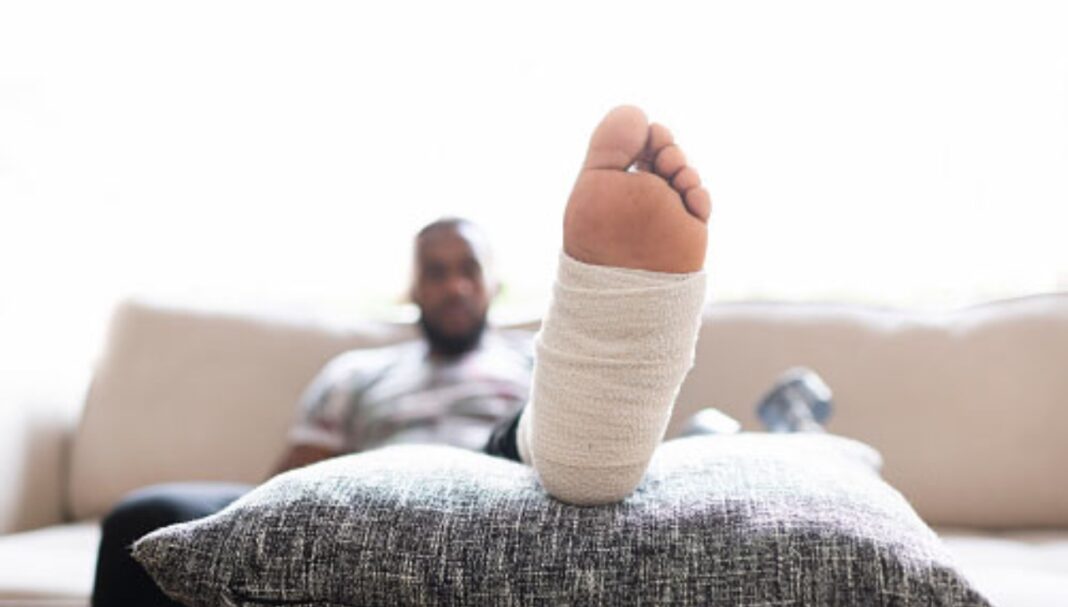Case scenario
Joy, 30, presents to the pharmacy for advice after having rolled her right ankle the previous day while playing netball. She asks how she should treat the injury, as she wants to play netball on the weekend to prepare for a competition in 8 weeks’ time. You observe that Joy can bear weight on her right foot, but there is considerable swelling around her ankle. On questioning, she says she was able to sleep last night after taking some paracetamol.
Learning objectivesAfter reading this article, pharmacists should be able to:
Competency (2016) standards addressed: 1.1, 1.4, 1.5, 2.2, 3.1, 3.5 Accreditation expiry: 30/11/2026 Accreditation number: CAP23120TCMB |
Already read the CPD in the journal? Scroll to the bottom to SUBMIT ANSWERS.
Introduction
Acute strains and sprains are common soft tissue (musculoskeletal) injuries. Many individuals present to the pharmacy with a sprain or a strain and seek advice from their pharmacist about how to best manage th
THIS IS A CPD ARTICLE. YOU NEED TO BE A PSA MEMBER AND LOGGED IN TO READ MORE.















